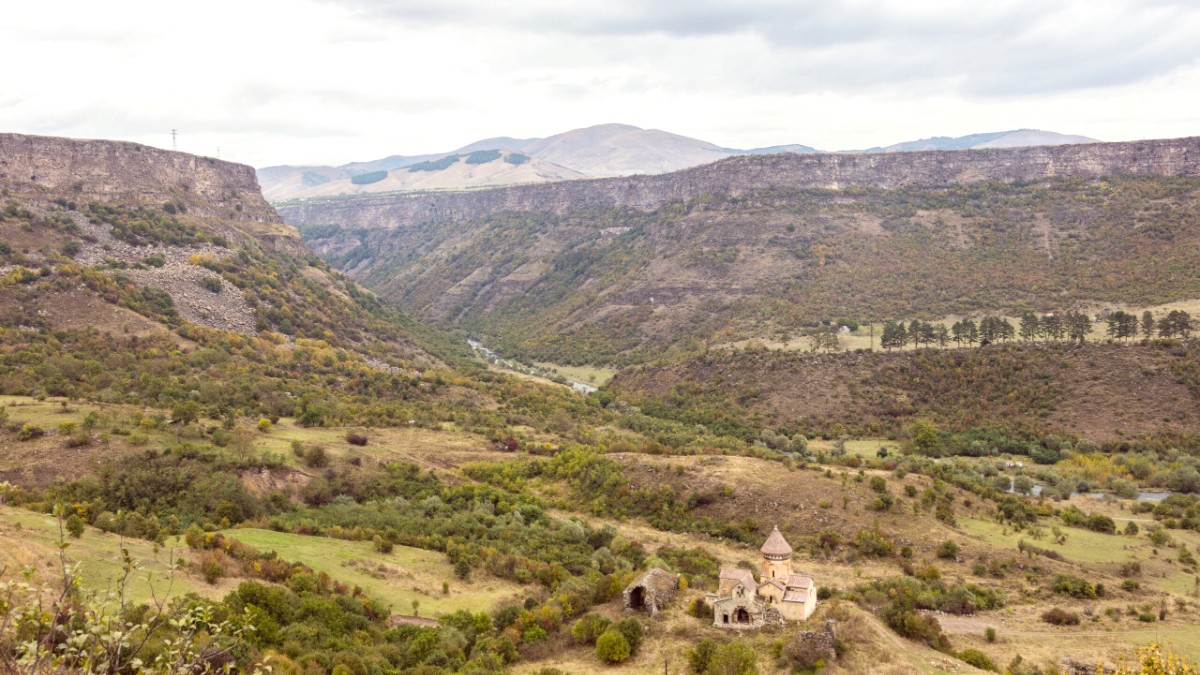
The main mode of public transportation on all three islands is the "taxi-brousse" (bush taxi) or "matatu" (minibus).
These are shared vans or minibuses that follow generally fixed routes, connecting towns and villages. Drivers stop frequently to pick up and drop off passengers. A taxi-brousse only departs when it is full, which means wait times can vary.
No formal route maps for taxi-brousse. Routes are generally understood locally. Main markets or town centers serve as hubs (e.g., Volo Volo market in Moroni).
Fares are fixed per route. Confirm price with driver or local before boarding. Carry small denominations of Comorian Francs (KMF) for fares.
Operate mainly during daylight hours (approx. 6:00 AM to 6:00 PM). Frequency depends on demand. Allow extra time for travel due to informal schedules.
Regular taxis are available in Moroni and other main towns. They are unmetered.
You must negotiate the fare with the taxi driver before starting your journey.
Payment is always in cash, using Comorian Francs (KMF).
Ride-sharing apps like Uber or Bolt are not available in Comoros.
Car rental is possible, mainly in Moroni. To rent a car, you need a valid national driving license and an International Driving Permit (IDP).
Exercise caution and drive defensively. Be aware of pedestrians, livestock, and other vehicles.
No hop-on-hop-off services. Group tours use private minibuses arranged by tour operators.
Comoros does not have navigable rivers for public transport, nor cable cars or funiculars.
Embrace the local modes of transport for a deep connection with the islands and their people. Taxis and shared minibuses offer authentic travel.
Be prepared for waiting times as these shared vehicles depart when full.
Affordable and authentic.
For private taxis, always agree on the price before starting your journey.
Avoid misunderstandings.
Carry small denominations of KMF for ease of payment on public transport.
Always be ready.
For safety, be mindful of your surroundings, especially when walking or cycling in areas with traffic.
Taxi-brousse are shared minibuses forming the main local transport.
Available in towns for direct, negotiated journeys.
Flights are fastest, ferries are budget-friendly but slower.
Comoros offers an unique transportation experience. Embrace local modes, stay informed, and plan ahead for a seamless journey across the islands.
The most common and affordable way to travel locally, shared minibuses operating on set routes.
Offer direct and more comfortable travel; fares are negotiated before the journey.
Provided by local airlines, connecting Grande Comore, Mohéli, and Anjouan swiftly.
Embrace the local modes of transport for a deep connection with the islands and their people. Taxis and shared minibuses offer authentic travel experiences.
Inter-island ferries connect the main islands, providing scenic journeys at a slower pace. Choose the transport option that best suits your adventure.